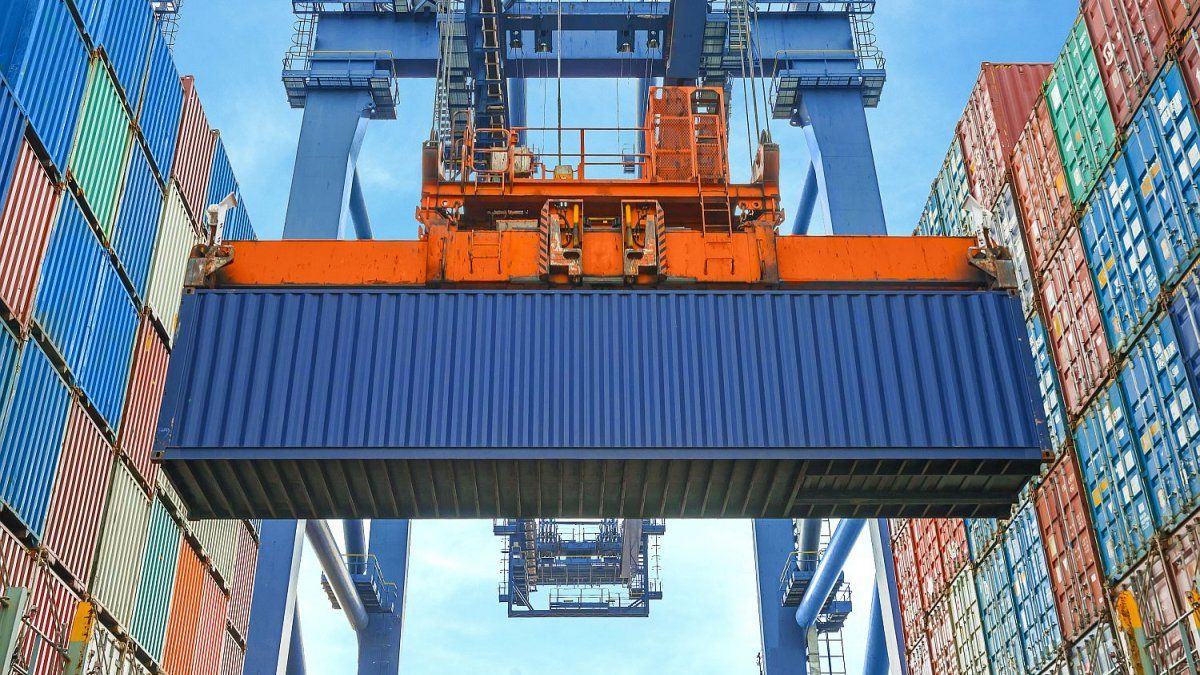In this way, the financial regulator changed the administration of exchange rate, leaving behind the daily adjustment to stabilize the value of the peso in the coming months. Consequently, the dollar which is used to pay imports and liquidate exports It was set at $350 and, for now, no modification of the taxes associated with the purchase of foreign currency in the official market has been established.
The import tax is maintained and, for the moment, also, the rates that apply to the savings dollar and card as they were. While, simultaneously, a interest rate increase, which seeks to moderate the transfer to prices of the rise in the official and parallel exchange rates, and guarantee financial stability. Thus, the fundamental objective of the measure is to reward those who remain in pesos and do not convert to dollars thanks to the decision to maintain a positive rate.
BCRA measures: this is how the market reads them
For Gonzalo ChiarulloCEO of Número Bursátil, “the actions taken today show that the message of the polls was interpreted and recognizes that the devaluation of the dollar wholesaler of 22.45% implies that they recognize that, more than a crawling pegwhat was needed was an honesty of the exchange rate”.
It indicates that this devaluation makes it possible to anticipate more deregulation measures in economic matters and considers that what it does is “procure an honesty of the macro variables and a stabilization, painful at times, but with an electorate that has shown that it is already necessary.”
Thus, he considers that the BCRA puts an end to sectoral dollars and allows the entire economy to access a higher exchange rate and, although it complicates importers, Chiarullo assesses that “it is even more harmful to have an economy mismatched in its variables” than to affect the business of importers.
dollar-investments-finances.jpg
freepik.es
Similarly, the economist christian buteler notes that “this is a decision that came to an end after four years of going another way and this decision” and considers that, taken after an election like yesterday’s, what it does is make it clear that what was being done was not a correct policy.
“If the government considered that this was the official real dollar value and that the economy needed a devaluation, I should have applied it before and not wait for the result”, says Buteler. He believes that this process cost him many BCRA reserves to intervene in the different markets and pay for imports, so it would have been advisable to do it before.
What’s next for the markets
However, looking to the future, he believes that this will generate a inflationary acceleration and expects that the activity of will be affected by the drought in the future. “These coming months will be of greater price accelerationon the one hand, and less activity on the other anticipates”.
In the same sense, points out the director of MyR Consultores, fabio rodriguezwhen he maintains that “the measures were imposed by the overturning of reality on the political board, he made clear and exposed the weaknesses that the Government would continue to have if it maintained its no devalue strategy”.
That, added to the IMF demands led the Government to take these measures. And the analyst hopes that they will lead to a inflationary acceleration and a greater recession as a result of a drop in activity in the coming months.
For her part, the economist from Grupo Broda Elena Alonso believes that there was no other option but to bring the official exchange rate closer to financial dollars and the parallel. For her, “these decisions discourage the purchase of dollars, but the trend of the exchange rate will be upward.”
Alonso believes that the measures, a priori, seem insufficient in this regard, although he assures that the IMF disbursements of US$7.5 billion will positively complement the announcements because they will help contain exchange rates. However, he believes that inflation will run its course and will be boosted by the new wholesale exchange rate.
In this context, Alonso considers that it will be difficult to establish prices for companies, which could result in a higher asset volatility and inflationary acceleration. “The search for coverage will continue in dollarized assetssuch as hard currency adjusted bonds and cedears“, anticipates.
From Eco Go, the economist and director Sebastián Menescaldi points in a similar direction and points out that, although it is good that raise rates after the implemented devaluation, “it seems an insufficient adjustment and everything would indicate that staying in the fixed term for 30 daysWith the current uncertainty, it’s risky.”
Thus, anticipate that it is likely that many people decide to stay in short funds. However, he hopes that the new rates will help contain the pesos that are currently in term and stabilize the demand for local currency in the short term, which will help to contain exchange rates and prop up the Bookingsadded to the funds that will come from the IMF.
Source: Ambito
I am a 24-year-old writer and journalist who has been working in the news industry for the past two years. I write primarily about market news, so if you’re looking for insights into what’s going on in the stock market or economic indicators, you’ve come to the right place. I also dabble in writing articles on lifestyle trends and pop culture news.




